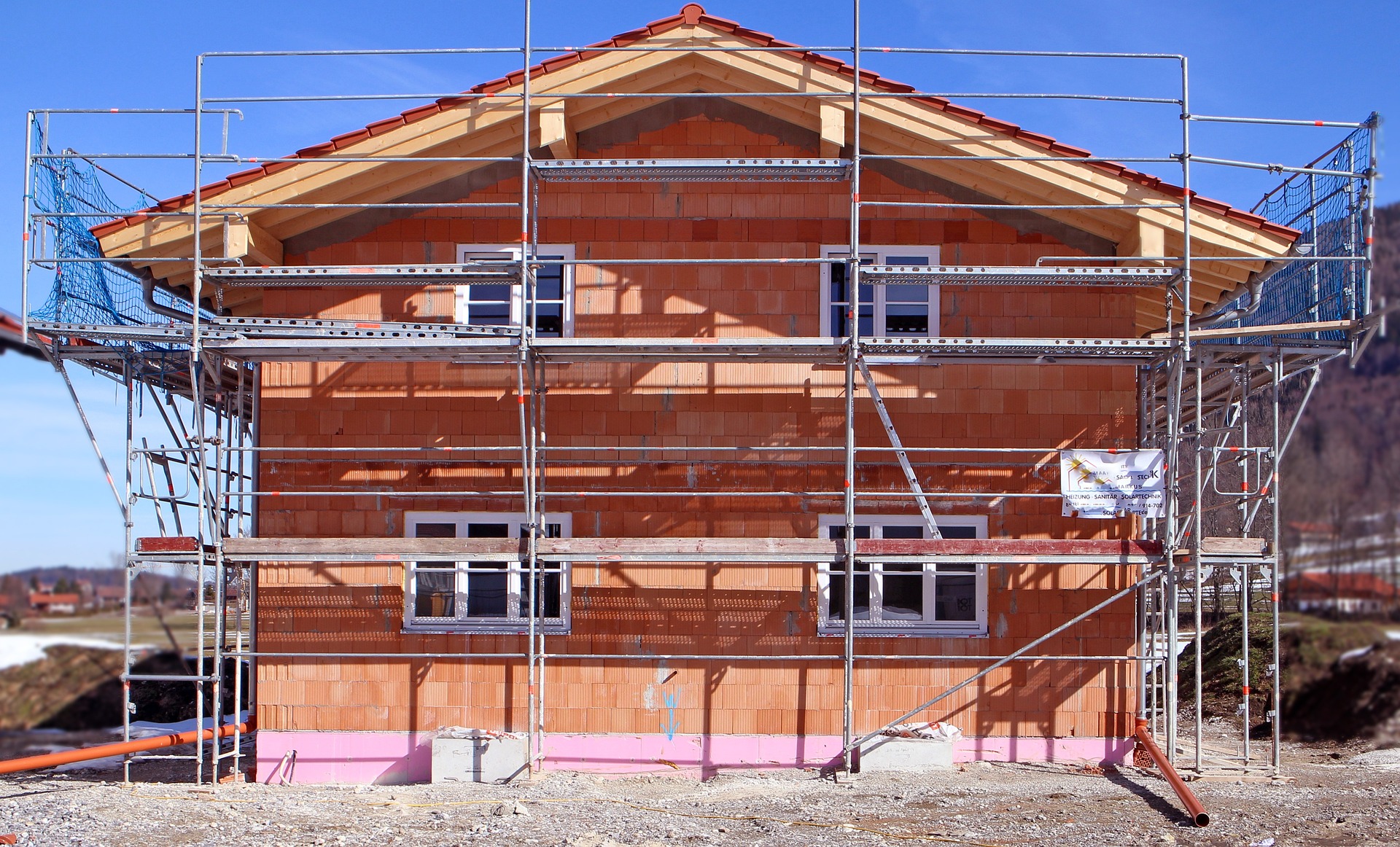Modern Prefab Homes: The Complete Owner's Guide
Discover how prefabricated homes—also called prefab, modular, or manufactured housing—offer faster build times, tighter quality control, and potential cost savings compared with traditional construction. This guide explains types, benefits, common myths, and cost factors to help you decide if prefab housing fits your needs.

Types of prefabricated homes
Prefabricated housing comes in several formats, each with distinct construction methods and delivery processes. Modular homes are assembled from large factory-built modules that are transported to a site and joined on a permanent foundation. Panelized systems arrive as pre-built wall, floor, and roof panels that are assembled and finished on site, giving flexibility in layout while speeding up framing work. Manufactured homes, formerly called mobile homes, are completed on a permanent chassis and built to HUD Code standards rather than local building codes; they are delivered as single or multi-section units. Kit homes provide precut materials and detailed instructions so a builder or owner can erect the structure on site, blending some DIY aspects with the benefits of factory precision.
Each type suits different budgets, timelines, and design needs. Modular builds are often chosen for full-size residential projects that require traditional foundations and substantial customization. Panelized options work well for people who want faster on-site assembly without sacrificing design options. Manufactured homes are typically the most affordable route with standardized production, while kit homes appeal to those who want hands-on involvement and cost control.
Benefits of choosing prefab housing
One of the strongest advantages of prefabrication is factory-controlled production. Building components under cover reduces exposure to weather, improves quality control, and reduces material waste. Precision manufacturing also helps ensure consistent tolerances and fit, which can cut down on callbacks and rework. Time savings are frequently cited: because site preparation and factory construction can occur simultaneously, total project timelines can be shortened by as much as half compared with conventional on-site builds.
Prefabricated homes also lend themselves to sustainability. Many manufacturers integrate energy-efficient windows, high-performance insulation, and mechanical systems that reduce long-term utility bills. When combined with thoughtful design—orientation, shading, and passive measures—these homes can deliver substantially lower operating costs and a smaller environmental footprint.
Common misconceptions about prefab homes
Outdated views still linger that prefab equals low quality or temporary housing. Today’s prefab constructions are engineered to meet or exceed applicable building codes, and many modular and panelized homes are indistinguishable from site-built houses once finished. High-end finishes, custom cabinetry, and sophisticated exterior claddings are common. Manufactured homes built under HUD standards are subject to different rules, but modern iterations offer improved durability and amenities that rival many conventional homes.
Another misconception is limited design flexibility. In reality, modular and panelized systems can be combined and customized to suit architectural preferences; manufacturers frequently collaborate with architects to produce unique plans that match a client’s vision.
Cost comparison and typical pricing
Below is a general comparison of typical prefabricated home types and their average cost ranges. These figures reflect base prices per square foot and common extra expenses. Use them as starting points when budgeting, but expect variation based on location, customization, and site conditions.
| Home Type | Average Size (sq ft) | Base Price Range | Additional Costs |
|---|---|---|---|
| Modular | 1,500–2,500 | $90–$160 per sq ft | Site preparation, foundation, utilities |
| Panelized | 1,200–3,000 | $80–$160 per sq ft | On-site assembly, finishing, interior millwork |
| Manufactured | 900–2,500 | $40–$100 per sq ft | Land purchase, delivery, setup fees, utilities |
| Kit Homes | 800–3,000 | $70–$150 per sq ft | Labor for assembly, foundation, finishes |
Prices, rates, or cost estimates mentioned in this article are based on the latest available information but may change over time. Independent research is advised before making financial decisions.
Factors that influence long-term value
Several variables determine how a prefabricated home will perform as an investment. Location plays a central role: homes in desirable neighborhoods and strong housing markets tend to appreciate similarly to conventionally built houses. Ongoing maintenance is equally important—proper upkeep of finishes, mechanical systems, and the building envelope preserves resale value.
Construction quality matters: well-built modular and panelized homes made with durable materials and energy-efficient systems are more likely to retain or increase value. Design and curb appeal also affect marketability; attractive architectural choices, good landscaping, and modern interiors support higher resale prices. Regulatory or lender perceptions can impact value too—confirm that financing options and local zoning regulations are favorable for the type of prefab you select.
Making the right decision
Choosing a prefabricated home starts with aligning priorities: budget, timeline, design flexibility, and site constraints. If speed and consistent quality matter most, modular or panelized systems may be ideal. If affordability and standardized production are the priority, manufactured homes offer lower entry costs. Kit homes suit people who want involvement in the build and potential savings on labor.
Always vet manufacturers by reviewing references, model homes, and independent inspections. Ask for detailed specifications, warranty coverage, and clear cost breakdowns that include delivery, site work, and finishing. Consider working with an architect or contractor experienced in prefab systems to navigate permitting and on-site coordination.
Final thoughts
Prefabricated homes combine modern manufacturing techniques with architectural adaptability to create efficient, often greener alternatives to traditional construction. With faster build schedules, improved quality control, and a wide range of design choices, prefab housing has become a mainstream option for many homeowners. By understanding the types available, realistic costs, and the factors that affect long-term value, buyers can make informed choices that match their lifestyle and financial goals.






